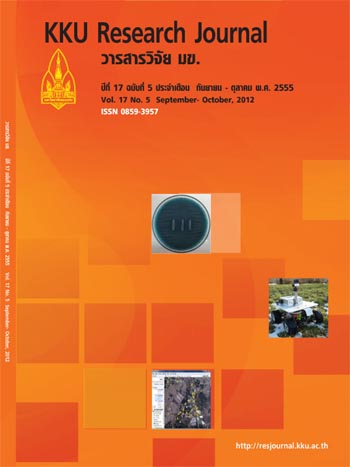Motion control of a wheeled mobile robot using model predictive control: a survey
Main Article Content
Abstract
Model predictive control (MPC) has been one of the most promising control strategies in industrial processes for decades. Due to its remarkable advantages, it has been extended to many areas of robotic research, especially motion control. Therefore, the goal of this paper is to review motion control of wheeled mobile robots (WMRs) using MPC. Principles as well as key issues in real-time implementations are first addressed. We then update the current literature of MPC for motion control. We also classify publications by using three criteria, i.e., MPC models, robot kinematic models, and basic motion tasks. MPC models categorized here include nonlinear MPC, linear MPC, neural network MPC, and generalized predictive control (GPC), while robot kinematic models we focus on consist of unicycle-type vehicles, car-like vehicles, and omnidirectional vehicles. Basic motion tasks, in general, are classified into three groups, i.e., trajectory tracking, path following, and point stabilization. To show that MPC strategies are capable of real-time implementations, some experimental scenarios from our previous work are given. We also conclude by identifying some future research directions.
Article Details
How to Cite
Kanjanawaniskul, K. (2017). Motion control of a wheeled mobile robot using model predictive control: a survey. Asia-Pacific Journal of Science and Technology, 17(5), 811–837. retrieved from https://so01.tci-thaijo.org/index.php/APST/article/view/83293
Section
Research Articles


